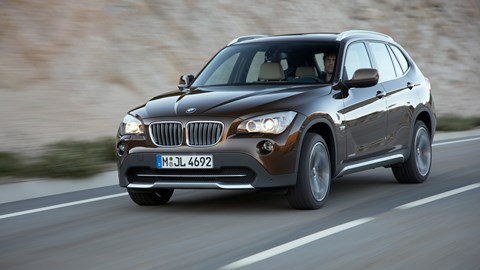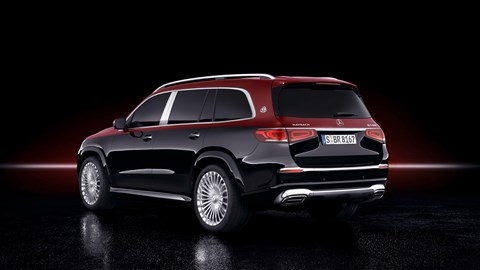20 years ago I was enjoying lunch with former Ford design boss J Mays in Chelsea. Always on them watch for good and bad design, J suddenly commented: ‘What is that sh** ugly car?’ A new first-gen BMW 1-series drove by.
With its bread-van profile, fish face and deeply scalloped sides, it was the opposite of the elegantly proportioned BMWs we’d come to love and respect. There was the familiar Hofmeister kink. Otherwise, this was a post-Hofmeister styling horror. Although I did like the wilful contrariness of the 1, including its rear-drive powertrain.

A few years later, I spotted a particularly ugly SUV of unknown provenance, in an unflattering shade of banana yellow. I guessed it was a new Korean SUV, possibly a SsangYong. ‘What is that sh** ugly car?’ I wondered, recounting J Mays’ line of inquiry.
It was a first-generation (E84) BMW X1. Ill-proportioned, top-heavy and gobmouthed, this was surely BMW’s styling nadir (until the recent XM). Let me bring this tale up to date. Just the other day I was walking the black spaniel when I had another WITSUC moment. It was my first in a while. Not because there is a shortage of ugly cars. Rather, I’m pretty good at differentiating one styling tragedy from another.

For example, I can spot a Bentley Bentayga from afar, no matter how extensive the options and how garish the hue. Equally, a Rolls-Royce Cullinan is instantly recognisable, never mind its apparent similarity to an LEVC taxi or a hearse. Plus – a handy hint for those car spotters less eagle-eyed than me – they normally park outside Harrods rather than at taxi ranks or outside funeral parlours. But this car had me flummoxed.
I paused, no matter that the spaniel was eager to go. It was a big black SUV, like so many styling offenders. A Cadillac? A new Korean luxury barge, possibly a Genesis? One of those new offerings from an emerging Chinese luxury brand? Or maybe some hideous new BMW SUV?

No. As I got closer, I realised it was a Maybach GLS 600. It had the polished presence of a nightclub bouncer in an expensive three-piece suit: huge, top heavy, well attired but muscularly misshapen and with a big ugly face. Silly me, I thought (and hoped) the Maybach brand had quietly died.
You’ll recall this little-known German pre- war car maker was resurrected by Daimler in 2002 as a rival to BMW-owned Rolls-Royce and Volkswagen-owned Bentley. Daimler missed out on buying its own super-luxury British brand, so indulged in a bit of DIY. With predictable results.
The Maybach 57 and 62 were effectively elongated S-Class Mercs with extra baubles and brightwork. It was no more a credible rival to a Rolls-Royce than a diamond-bezel Rotary is to a Rolex. A few were sold to German plutocratic pals of Daimler’s bosses, but overall sales were risibly bad. It was Mercedes’ Edsel moment.

The Maybach name then disappeared before being discreetly reintroduced as the top Mercedes trim level, Benz’s Ghia X. So the Maybach GLS 600 is actually a Merc GLS with a bigger chrome maw, chrome running boards, more gadgets, more heft (2785kg!), two-tone availability and its own signature fragrance.
Why do car companies bother disinterring dead brands? It never works. Take Bugatti. Volkswagen’s one-time engineering vanity brand had nothing in common with Ettore Bugatti’s exquisitely engineered and poetically beautiful pre-war sports cars. Unlike those light and agile beauties, the modern monsters were sold on their absurdly high v-maxes and power outputs. They may have been technical marvels, but they weren’t driver’s cars and they weren’t beautiful.

This, sadly, is now the recipe for most hypercars, some boasting more than 1500bhp and 300mph-plus top speeds (but where?). It’s braggadocio marketing nonsense. Just give me a supercar that’s wonderful to drive and looks beautiful. It’s one of the most regrettable of all today’s motoring trends. Second only to the rise and rise of the needlessly big and egregiously ugly luxury SUV.